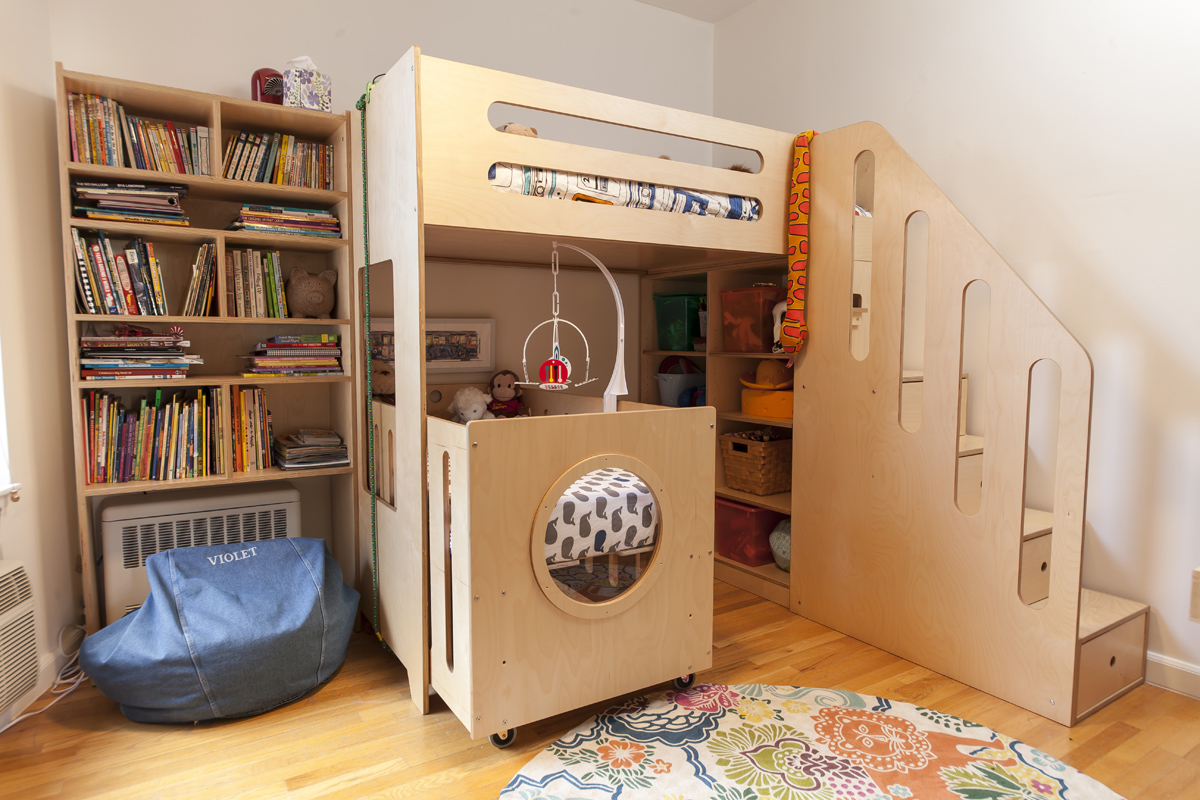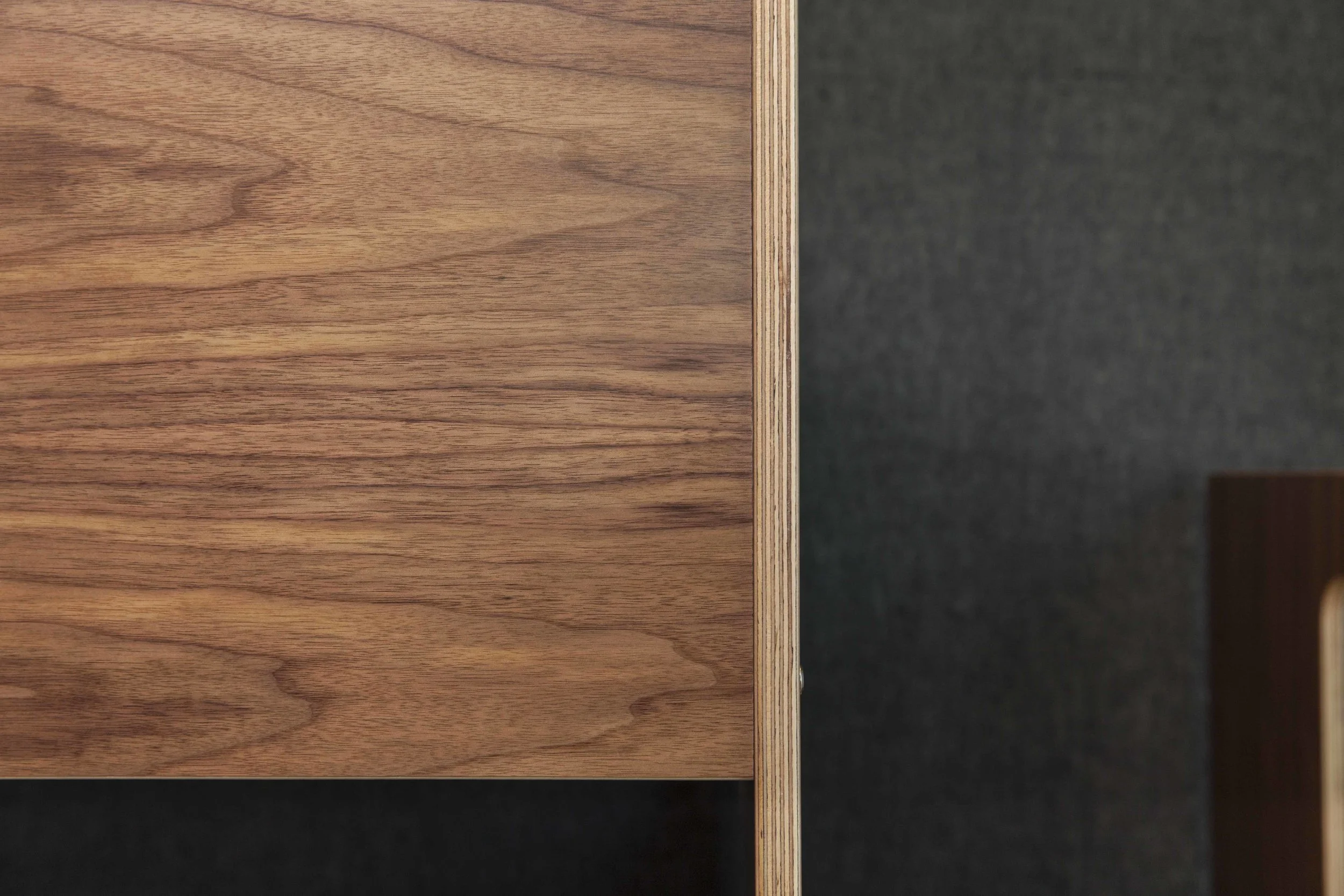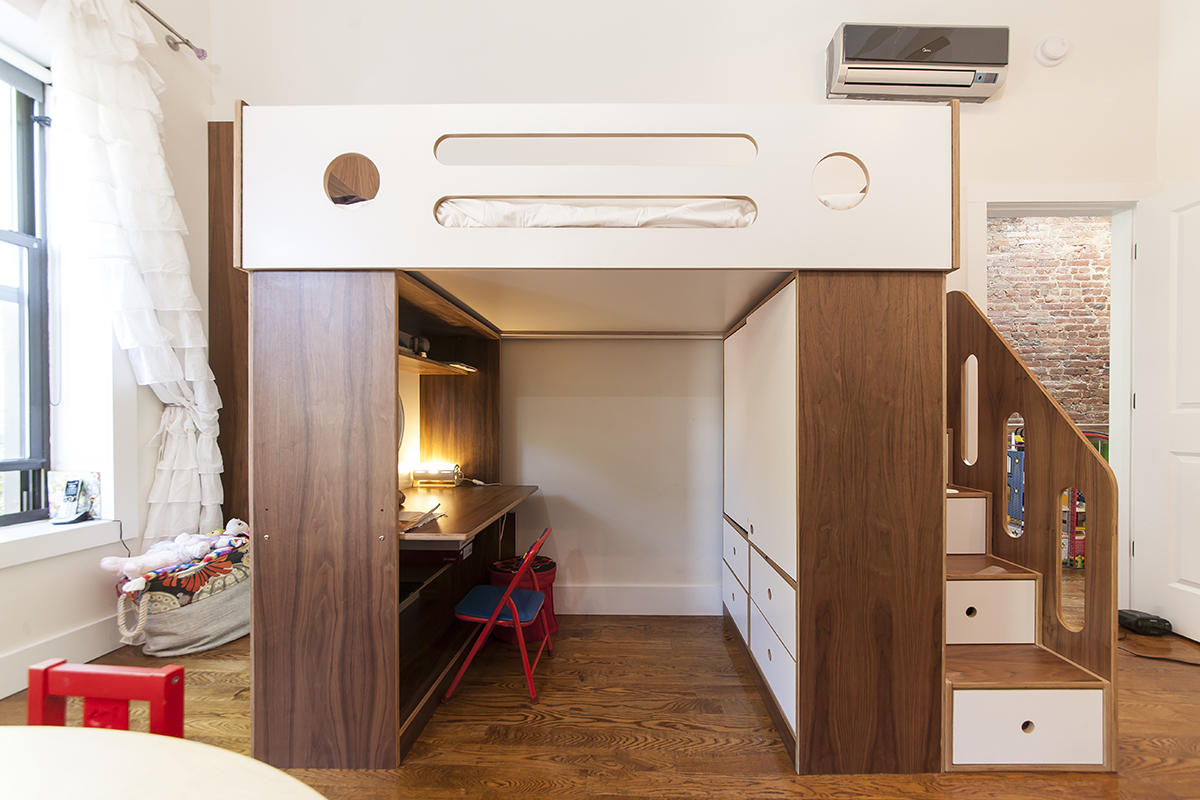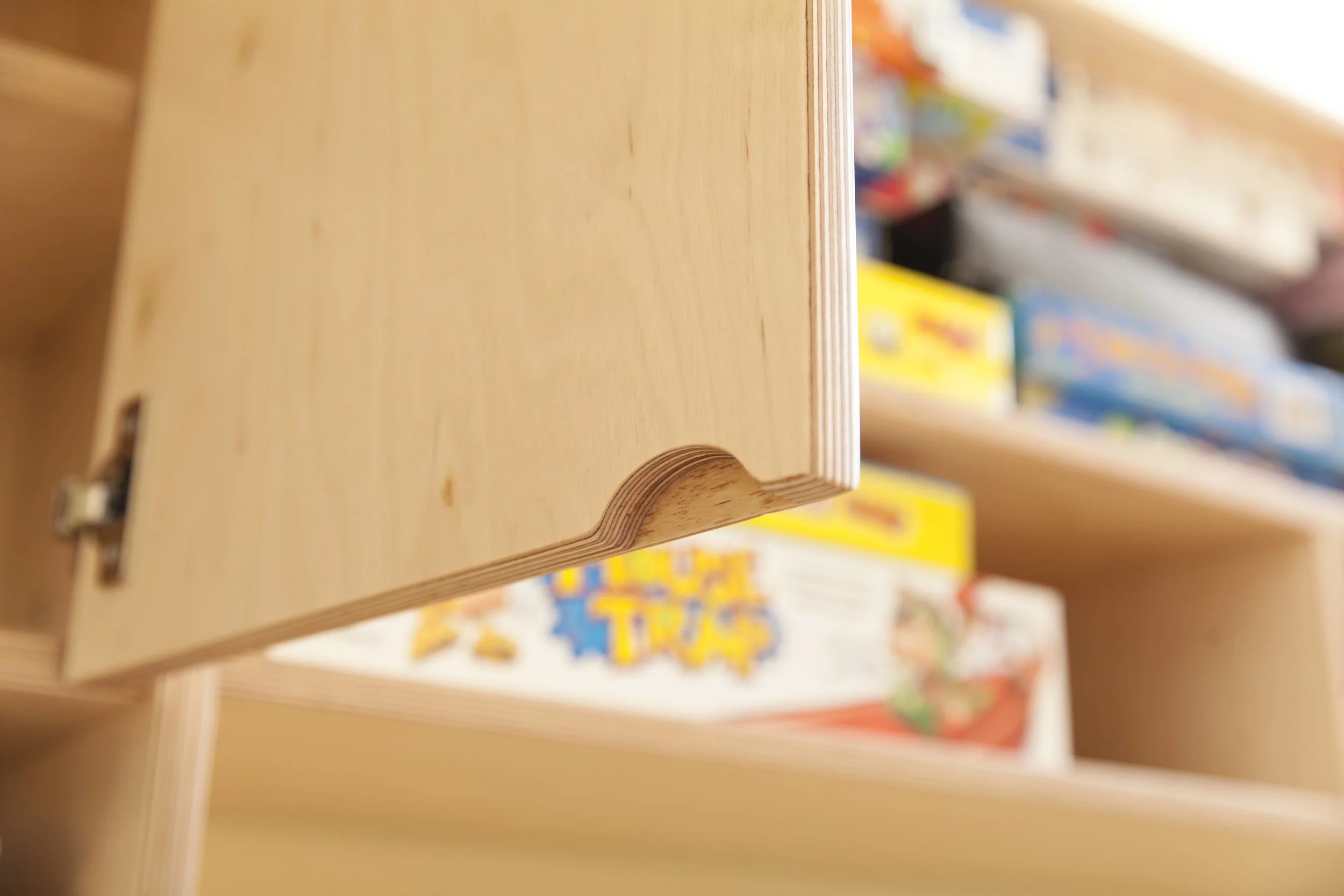Your Cart is Empty
Showroom open on weekends - by appointment
Showroom open on weekends - by appointment

With the bevy of furniture materials available in today’s marketplace, it can be difficult to determine what matters, what doesn’t, and what makes the most sense for you. From plywood to particle board to MDF (Medium Density Fiberboard), each option comes with pros and cons. We’ve rounded up a few reasons to consider choosing plywood as a long-term investment, particularly when it comes to choosing furniture for children.
Plywood, MDF, and particleboard are all engineered woods, but of the three plywood is by far the strongest. This is a result of the different processes used when engineering the woods. Plywood is a "sandwich" of thin sliced layers of solid wood. These thirteen thin layers are glued together into a panel, alternating the direction of the wood grain so it is stable in all directions. This not only means that it’s better suited to the rigors of children’s furniture use than MDF or particleboard, it also means that it’s more flexible when it comes to configuration and architecture. Plywood is also used in construction of homes, making it suitable for more elaborate furniture creations.
MDF and particle board on the other hand are made up of “waste” wood (scraps, sawdust, etc.) that are then held together with resin and then sealed. If sealed improperly, MDF and particle board both soak up any moisture, easily warping the wood.

Wood is a naturally enduring product. Plywood is even more durable than solid wood, which can warp and crack with seasonal moisture changes.

Put simply, plywood furniture looks more polished and upscale than MDF, particleboard, and plastic pieces. Plywood’s compressed layers create edges that are physically strong, visually appealing, and can be rounded for a softer look and feel. That upscale look and feel, aesthetic versatility, and long-lasting quality result in furniture that stays with you for years.
With MDF or particle board pieces, no edges can be exposed and neither has a natural wood pattern. Because both soak up moisture so easily, neither can use a stain, to achieve the wood grain appearance they need to use veneers.
If in the course of its life, plywood furniture is scuffed or damaged in some manner, it can be sanded and restored. This is not a possibility with MDF or particle board. Once it is damaged there is no restoring and must be replaced.

Natural products are especially important when choosing children’s furniture. Some manufactured materials are treated with harsh chemicals, which can needlessly expose children to toxins, creating potential long-term safety concerns. We choose that plywood is formaldehyde-free, rolled with a UV-cured, VOC-free acrylic based coating, and finished with water-based, non-toxic finishes. Our products are free of stains, too: we use birch for a light wood, oak for a medium wood and walnut for a dark wood. MDF may contain these harmful toxins, often used in the bonding process when engineering the wood.

In this era of fast furniture it is vital to choose furniture that is safe for our planet. Fast furniture, often made of plastic, MDF, and particle board, is meant to be cheap and replaced quickly. This type of furniture does not last longer than a couple of years, this contributes to massive amounts of waste that is often not discarded properly. With plywood you are ensured furniture that with proper care can last you a lifetime. Our plywood is also made with planted trees that are replaced after they’re harvested. After a long lifecycle, plywood can be recycled with no contamination to the planet. When you choose high-quality materials, furniture lasts longer, costing you less money and hassle in the long-run.
